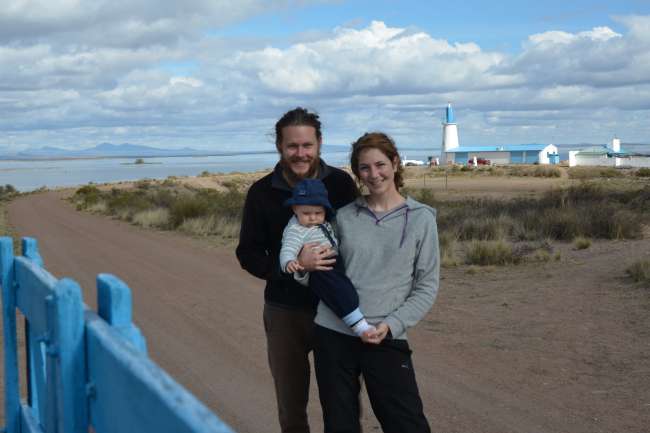Argentina part III (the north: Salta and Jujuy) 5.6.- 10.7.2017
Udgivet: 18.09.2017
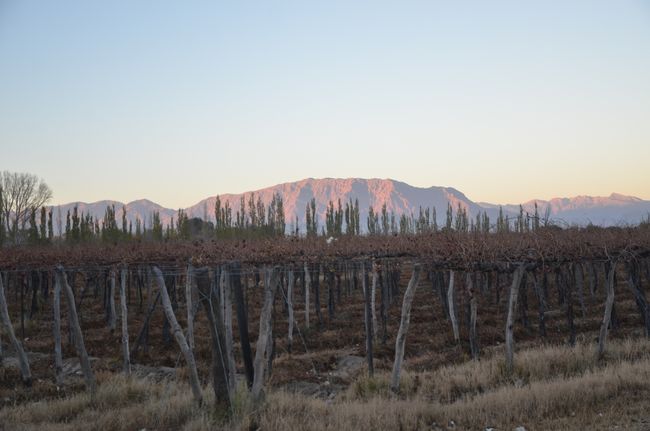
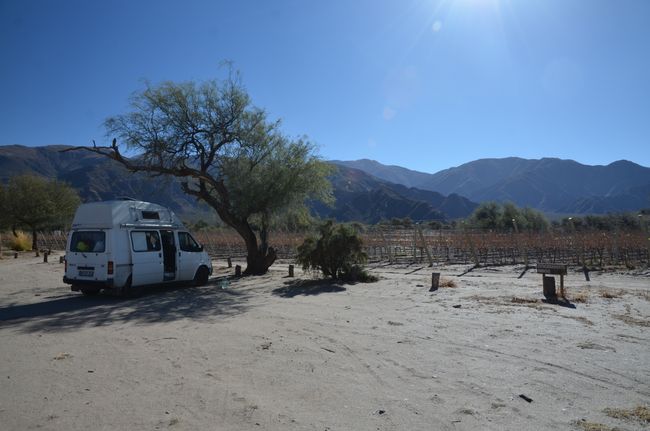
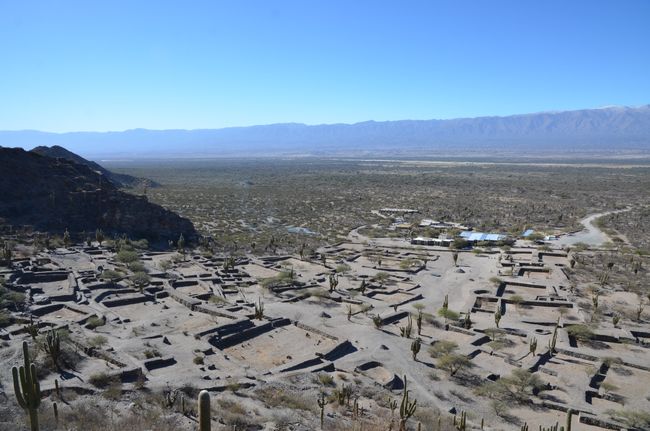
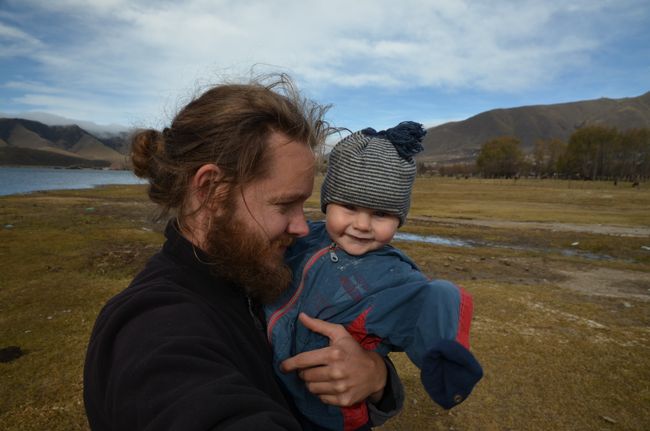
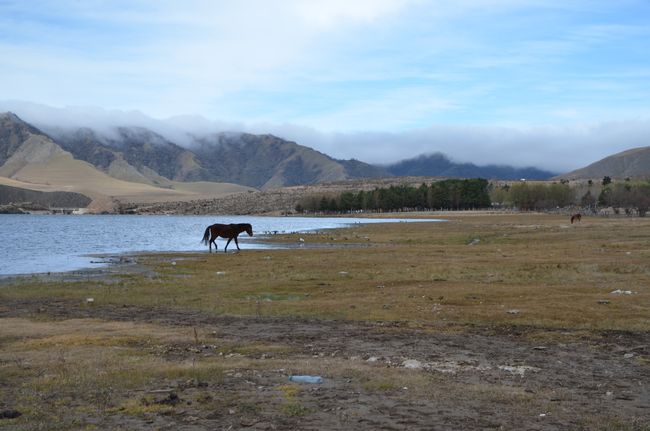
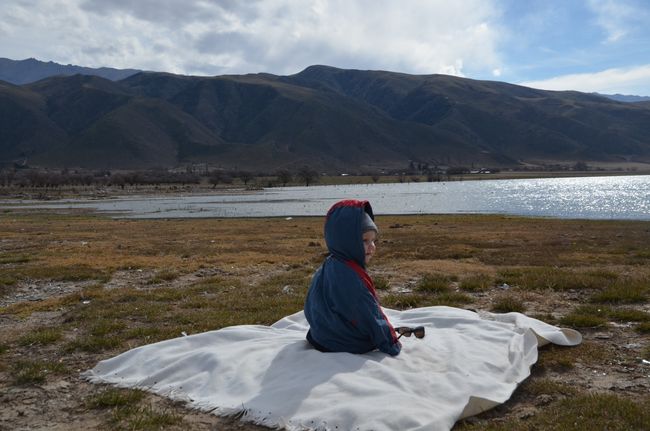
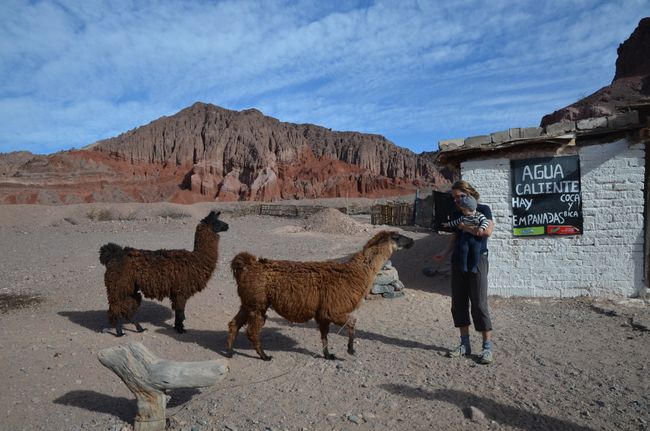
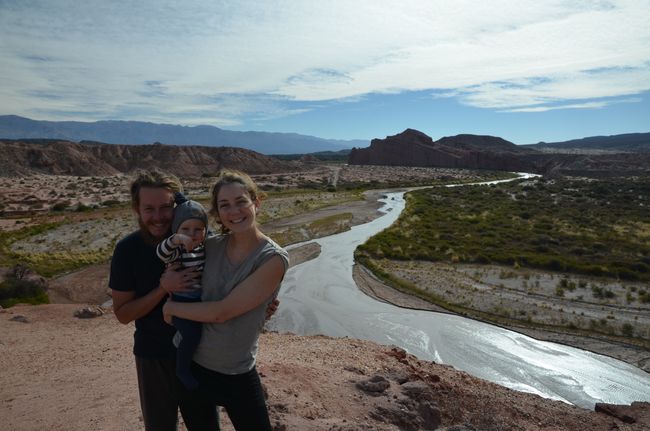
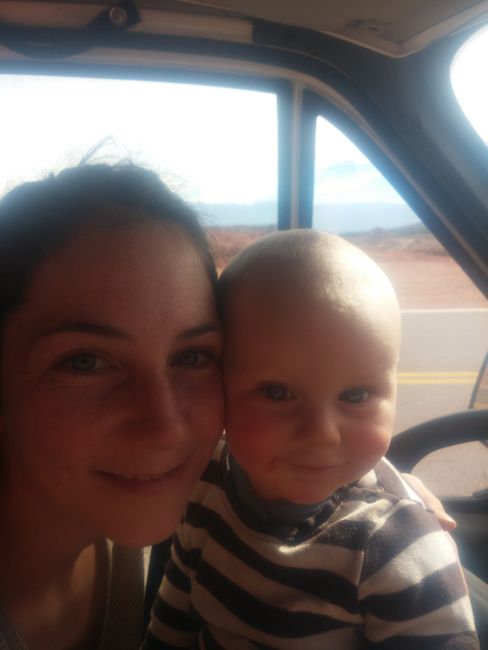
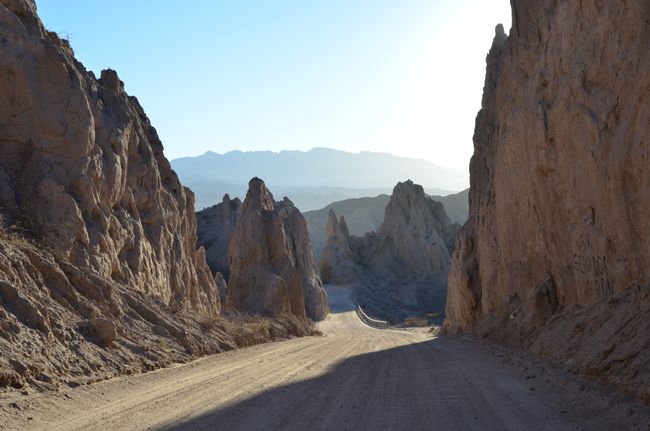
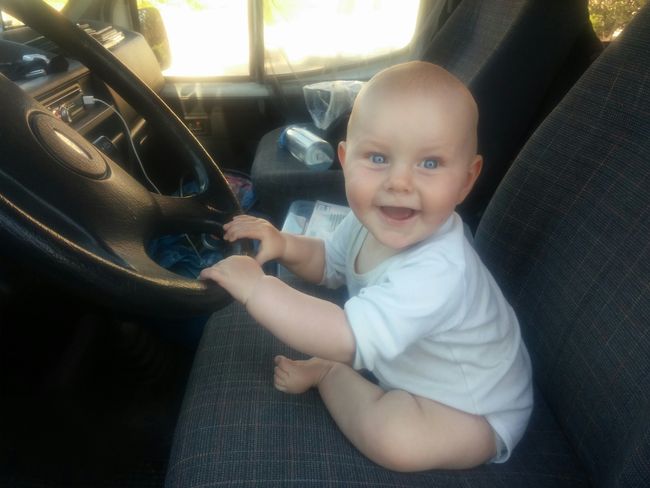
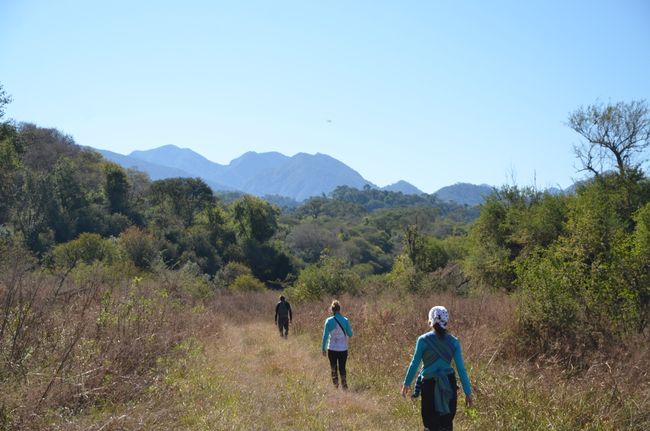
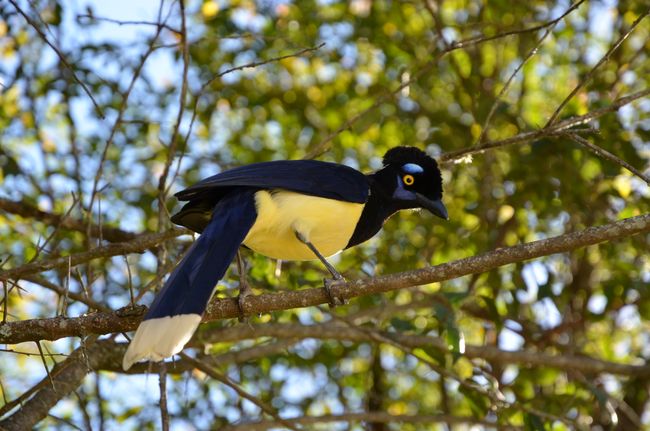
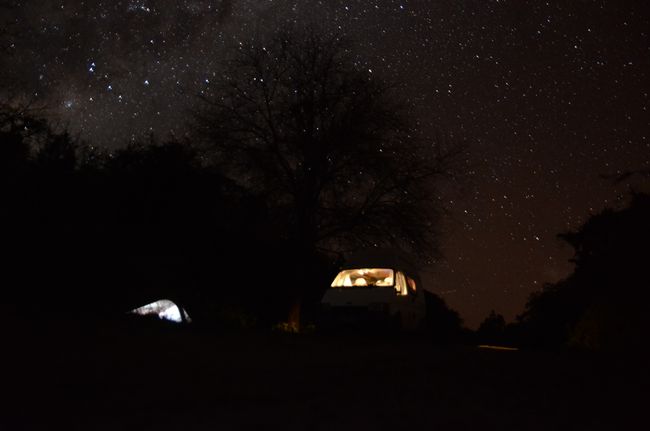
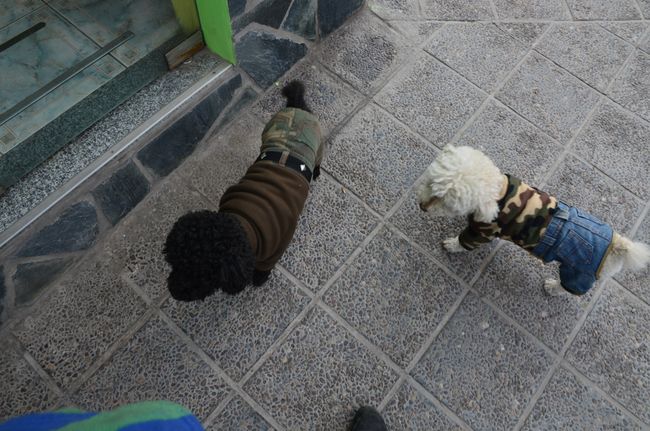
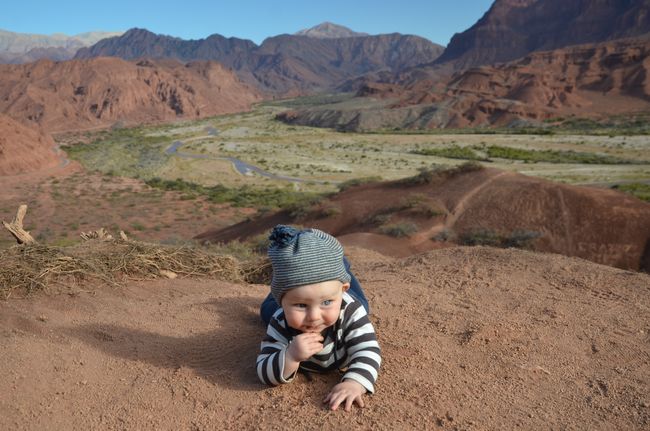
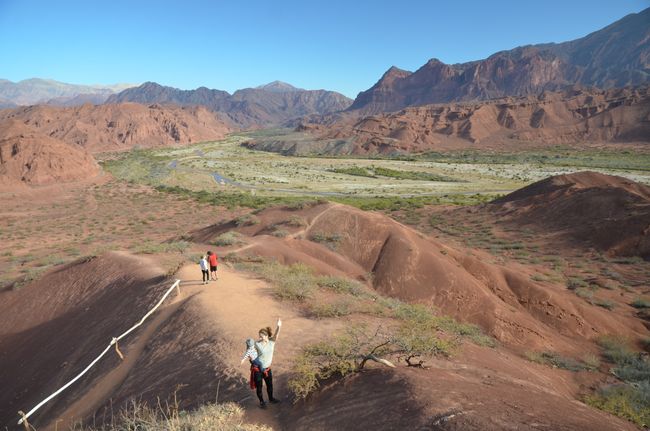
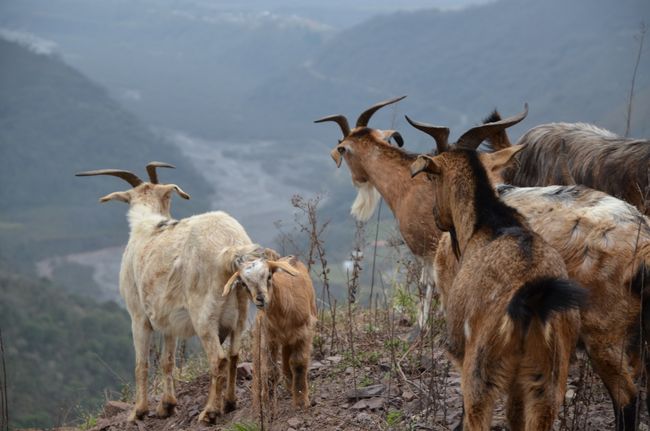
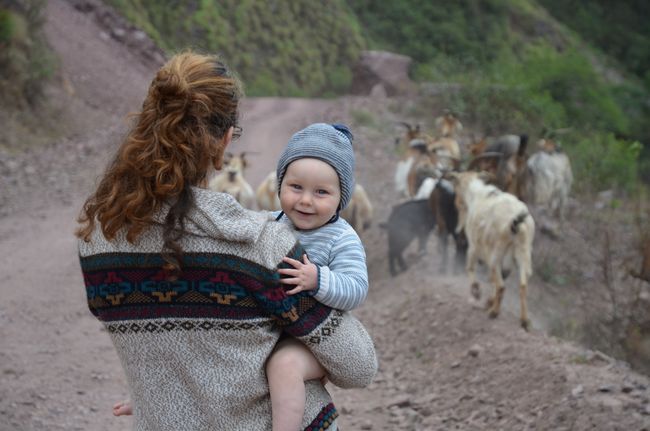
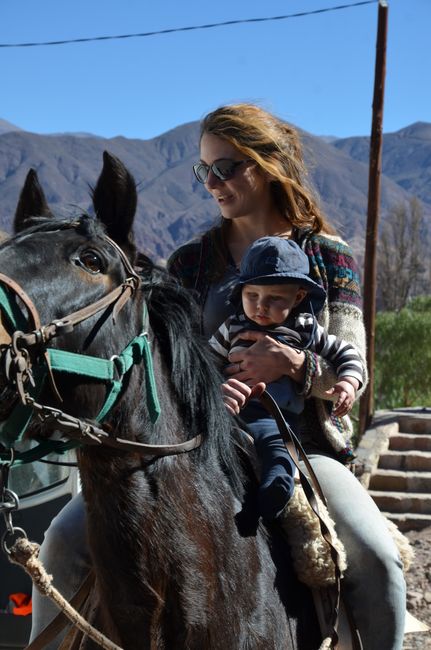
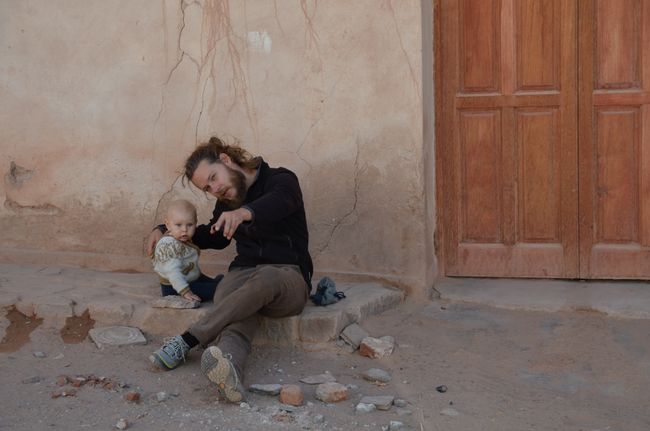
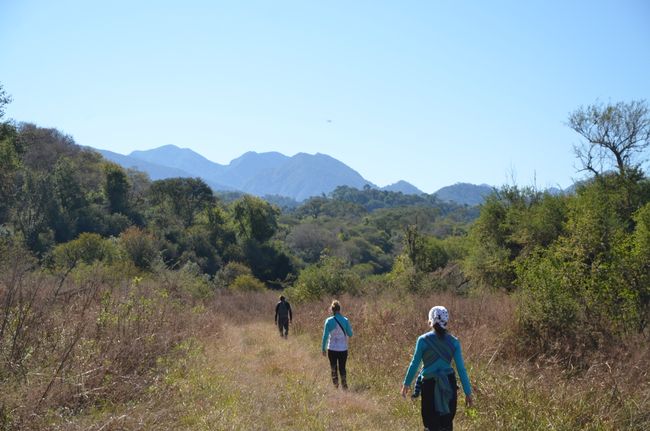
Abonner på nyhedsbrev
After our stay in Catamarca at the wwoofing farm, we continued north with the two French people Élodie and Hervé. Our next stop was the 250 km away: Tafi del Valle in the province of Tucumán. In this green valley at an altitude of 2,000 m, thanks to a Jesuit dairy founded in the 16th century, almost original Spanish Manchego cheese is produced. We bought a kilo of this cheese directly, as we found the otherwise available dull cheese called "tipo Mozzarella" inedible. We continued to Amaicha del Valle, where we visited a 'pachamama' (Mother Earth) museum, and then on to the Ruins of Quilmes. This remnant of the former Quilmes settlement fascinated me very much. The Quilmes are one of the indigenous people of Argentina. They survived several Inca occupations that came from Peru over the Andes; but then fell almost completely victim to the Spaniards hundreds of years later, who took them to Buenos Aires. Very few Quilmes managed to hide in remote mountain regions and survive there. Nowadays, about 80 original, genuine Quilmes still live on this mountain. The ruins at the foot of the mountain show the original remains of the former settlement. Huge cacti (up to 5 meters high) are standing all around, creating a western feeling.
Directly afterwards, we went to Cafayate. Finally, we managed to visit a winery, as we had been staying in the best wine regions of the country since Mendoza. In addition to the popular Malbec grape, a red grape, Cafayate is known for its white Torrontes grape. We stayed in Cafayate for 3 days and enjoyed the cafes, ice cream parlors, and restaurants. We continued along the Quebrada de Cafayate (Cafayate Gorge). On this route, we drove through dusty rock landscapes reminiscent of the Grand Canyon and stopped every few meters as impressive rock formations appeared in a very short time.
We continued along the "Ruta del Vino" to Salta. By now, after many days spent in camping sites, we deserved a real bed and a warm shower again. The nights were also getting colder, so we booked accommodation for a week for the four of us. After spending the first day just watching TV on the couch, we made an effort to make the most of the remaining days and explore the historically significant city of Salta. We took a city tour and visited some very interesting museums. In the MAAM Museum ("Archaeological Museum of the High Mountains"), we saw an exhibit of a 500-year-old child mummy. Overall, this museum preserves three very well-preserved child mummies, which are displayed in rotation. They come from the summit of the 6,739-meter-high Llullaillaco volcano. Due to the prevailing conditions there, the icy cold and extremely dry air, they have been preserved intact. They come from noble Inca families and were sacrificed for a ritual. As grave goods, they were given materials from the entire Inca Empire: a poncho made of llama wool from the Andean highlands (symbolizing earth), gold from Cusco (symbolizing fire), a headdress made of feathers from the tropical rainforest (symbolizing air), a necklace made of shells from the Pacific coast of Peru and Ecuador (symbolizing water). Other grave goods included quinoa and corn, which they were supposed to use as sustenance for their journey into the afterlife to the gods. More can be read in the newspaper article:
During another visit to the city center in Salta, we parked our car on a busy street during lunchtime. When we returned to the car after the time was up, we noticed that the driver's door had been broken into. All our cabinets were ransacked. Towels were on the floor, kitchen utensils were in other drawers... The shock was initially great. However, significant valuables were safe. Since we were sleeping in an apartment, there was hardly anything valuable in the car. Only the car radio and the ukulele were stolen. We were lucky once again!
Parque National del Rey
Our next stop was the "Parque National del Rey". If I had known that this park could only be reached via a 40 km long gravel road, I would probably have been strictly against taking this visit. But since everything was already planned and we were traveling with the two French people, it was too late to complain. The road was so bad that we couldn't drive faster than 10 km/h and it took us about five hours to get from Salta to the park. Unfortunately, there wasn't much to see in the park except for a few birds and a lot of ticks. So, the day after tomorrow, we set off on our way back. After 2 hours - we had only covered 20 km - our car suddenly stopped working. Dennis refueled, but the car wouldn't start again. After a few push-start attempts, Élodie and Hervé ran about 8 km to the ranger camp. With a jumper cable, they helped our engine start again. "It's probably the alternator that's broken," they advised us. But when we arrived in Jujuy, it quickly became clear that it was only due to the low speed we had traveled on the gravel road. Because of this, the battery could not be recharged. So, Kalle continued to hold up.
Our trip was coming to an end. We only had Purmamarca and Tilcara left on our route heading north, towards the border with Bolivia, which we did not want to cross.
Purmamarca was a small tourist village in the desert. The town consisted of four streets lined with restaurants, cafes, and artisan shops. In the center of town was the village square, lined with more stalls. Here, homemade jewelry, woven fabrics, carpets, llama wool ponchos, etc. were sold. And all in colorful Andean style. We spent the night in Purmamarca off the four streets, on a hill overlooking the village. We had only driven out for 5 minutes and it already looked like we were on the moon. The night was clear and full of stars. The next day, we took the 3 km long circular route to see the "Seven Colored Hills," for which Purmamarca is also known.
Our last stop was Tilcara. This charming town, only 26 km away from Purmamarca, is sunny all year round but never really hot due to its altitude of 2,500 m. Here, I fulfilled a wish of the trip and went on a 3-hour horse riding tour to a nearby waterfall, accompanied by Élodie and Hervé. Dennis wanted to join Vincent in the car and come to the waterfall. Unfortunately, a rundown boulder blocked the narrow road and they had to turn around. The way back for us riders was steep downhill. Élodie got scared on the horse, and she, Hervé, and the guide continued on foot from there. Since I was worried that Vincent was already missing me, I was allowed to trot alone. Proudly, I arrived at the campsite (where we had also rented the horses) and took Vincent for a short walk on my lap :)
After a few days in Tilcara, we spontaneously accompanied Élodie and Hervé to Humahuaca and then returned to Jujuy to meet our potential buyer for Kalle. Here, in the not-so-nice city of Jujuy, we stayed for a week to settle all formalities with him. We provided him with an authorization to be able to drive the vehicle in the country even without our presence. We also "sacrificed" another 3 days to drive 500 km north over the border to Bolivia in order to extend our permit to stay for the car by 8 months. Unfortunately, it turned out in the end that Heiner is not a suitable buyer, as he is not allowed to drive this car, which only has tourist status, due to his permanent residency in Argentina.
We had one more week for the province of Córdoba. Since it was quite cold in the Sierras at this time of year anyway, we rented accommodation again in a suburb of Cordoba city near the airport.
In this last month of the trip through the northwest of Argentina, Vincent got four upper teeth to add to his two lower incisors, so he had a really cheeky grin. He also practiced crawling diligently, which he mastered shortly before our departure.
We stationed Kalle with Maria and Ariel, the Argentinians who had worked with us on the farm in Catamarca. He is still there, waiting for his new buyer.
I was very much looking forward to Germany, to the summer, to friends and family.
Let's see where we will spend the next parental leave...Abonner på nyhedsbrev
Svar

